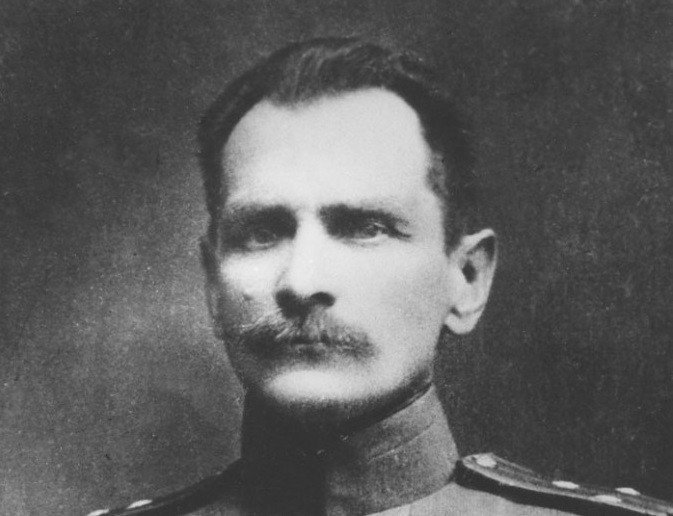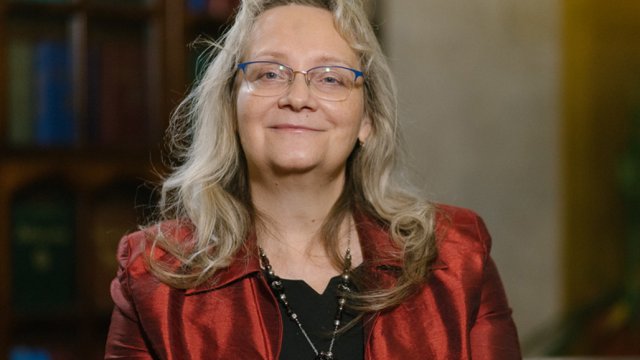Official:
Vladimir Klavdievich Arseniev. August 29 (September 10) 1872 – September 4, 1930. A Russian and Soviet geographer, ethnographer, writer, researcher of the Far East.
Life and Work:
1. A street in Vladivostok, museums in Vladivostok and Khabarovsk, a glacier in Kamchatka, a volcano on the Kuril Islands are named after Vladimir Arseniev, a remarkable explorer and writer. A town city in the foothills of the Sikhote-Alin is also named after him and this is very fair: it was Arseniev who first explored the Sikhote-Alin mountain system in detail.
2. A geographer, ethnographer and explorer of the Far East, Vladimir Arseniev was born on September 10, 1872, in the family of a railroad employee. This family had 9 of their own children and one adopted cater-cousin girl.
3. The biography of Vladimir Arseniev’s ancestors of is dizzying. His grandfather Theodore Hoppmeier was born in Germany and served as a manager in the Tver estate of General Ladygin. There he became friends with the serf girl Agrafena, who gave birth to their son Klavdiy. Later on, Theodore and Agrafena got married, but out of carelessness, Theodore did not bother to adopt the first child. Therefore, Klavdiy bore a surname formed from the name of his godfather Arseny Timofeevich. His children also became the Arsenievs.
4. From a young age, Vladimir Arseniev decided to devote himself to a military career, but fortunately, the military traveler Mikhail Grum-Grzhimailo – who was the brother of the even more famous traveler Grigory Grum-Grzhimailo – was delivering geography lectures at the cadet school. He managed to foster Arseniev’s interest in geography and the Far East, which was almost unexplored at that time.
5. After graduating from the cadet school in 1895, Vladimir Arseniev was assigned to Poland. Five years later, he applied for a transfer to Vladivostok. His petition was granted.
6. Arseniev made many expeditions around the region as a military topographer and in his spare time. Arseniev worked for several sciences at once. Firstly, it was geography, as it is to him that we owe the description of the Primorye relief. Secondly, it was ethnography: Vladimir Arseniev told us about the life and customs of the indigenous people of the region. Thirdly, it was geology: it was Arseniev who found the unknown headwaters of the largest rivers in the region.
7. In 1902/03, Vladimir Arseniev made a number of expeditions to explore certain regions of the Southern Primorye. In 1906/07, and then in 1908/10, he explored the Northern Primorye and the Sikhote-Alin mountains. In 1918/26 he traveled to Kamchatka. In 1923, he visited the Commander Islands. In 1927, he undertook a major expedition along the Sovetskaya Gavan – Khabarovsk route.
8. In his exploration trips, Arseniev kept multiple records: travel, geological, botanical, zoological, ethnographic, meteorological logs. He said that such an approach would help him sort things out easier. Or it could help other people do so, if any accident happened.
9. In his campaigns, Arseniev was accompanied by guides from the local people. There were a lot of them – about twenty people – as Arseniev spent almost thirty years in expeditions. But the names of most of them remained only on the pages of his logs. One of them – Dersu Uzala – is now known worldwide.
10. This is how Arseniev described his first encounter with Dersu: “Hello, someone said from behind. I turned around. There was an elderly man standing at our fire, he was of short stature, stocky, with a convex chest, somewhat bow-legged...” Later on, Vladimir Arseniev recalled: “I saw in front of me a primeval hunter, who had lived his whole life in the taiga... Then he told me that he was now fifty-three years old, that he had never had a home, he had always lived in the open air and only in winter did he arrange for himself a temporary yurt made of birch bark.”
11. The next day, Arseniev made the shortest entry in his log: “In the morning, Dersu Uzala of the Goldi tribe, expressed his consent to the repeatedly asked question whether he was willing to be a guide. From that moment he became a member of the expedition.”
12. Arseniev immortalized life with Dersu Uzala in the famous novel Dersu the Trapper. The book was highly appreciated during the life of Vladimir Arseniev. Maxim Gorky wrote to Arseniev: “You managed to combine Brehm and Fenimore Cooper in your works. Believe me, it’s quite a praise. The trapper is written by you perfectly; for me, he is a livelier figure than The Pathfinder, a more artistic one.”
13. The book was twice made into movies. The second Soviet-Japanese film directed by Akiro Kurosawa in 1975 won that year’s Oscar. Today, Akiro Kurosawa, Maxim Munzuk (who starred as Dersu), and Yuri Solomin (who starred as Arseniev) are honorary citizens of the city of Arseniev in Primorsky Territory.
14. Vladimir Arseniev was not very enthusiastic about the revolution. On January 1, 1918, he wrote in his diary: “The first day of the new year. Last year brought a lot of misfortune to the homeland. What will the new year bring us? Hopefully, this soldier’s era with all its cruelties and violence end as soon as possible.”
15. It turned out that this year brought more misfortunes to his family. His father was killed on the night of November 24-25, 1918 by armed residents of a neighboring village at the village of Dubovshchina near Chernigov, where he lived with his family after retirement. At that time, Vladimir Arseniev was on an expedition to Kamchatka.
16. As a tsarist officer, Colonel Vladimir Arseniev was put on a special account and ordered to report every month at the OGPU commandant’s office in Vladivostok. On March 30, 1924, the following entry was added into the OGPU registration book opposite his name: “... the commission decided to remove him from a special account as loyal to Soviet authorities.”
17. In 1921, Vladimir Arseniev was elected professor in the Department of Local History and Ethnography at the Vladivostok Pedagogical Institute.
18. In 1930, Arseniev was appointed head of the Economic Research Department of new main lines of the Ussuriysk railroad. He became the head of four expeditions at the same time, which were sent to areas where new rail lines were planned.
19. In the same year, Vladimir Arseniev caught a cold during an inspection trip, and instead of going to the doctor upon his return, he started to write a report. The doctor, summoned to the patient rushing about in fever two hours before his death, found his condition satisfactory.
20. Arseniev could not rest in peace even after his death. He was accused of being the head of Japanese intelligence in Russia spying in favor of the Chinese and Japanese. Since the authorities could not repress the deceased, they arrested and executed his second wife, Margarita Arsenieva.
21. Arseniev’s daughter Natalia managed to save his personal archive. The archive was either acquired or confiscated and transferred to the Primorsky branch of the Geographical Society of the USSR. Some of the personal belongings and documents are now righteously on display in the Khabarovsk Museum of Local Lore as Vladimir Arseniev worked as the director of this museum in 1910-1918 and 1924-1926.






















